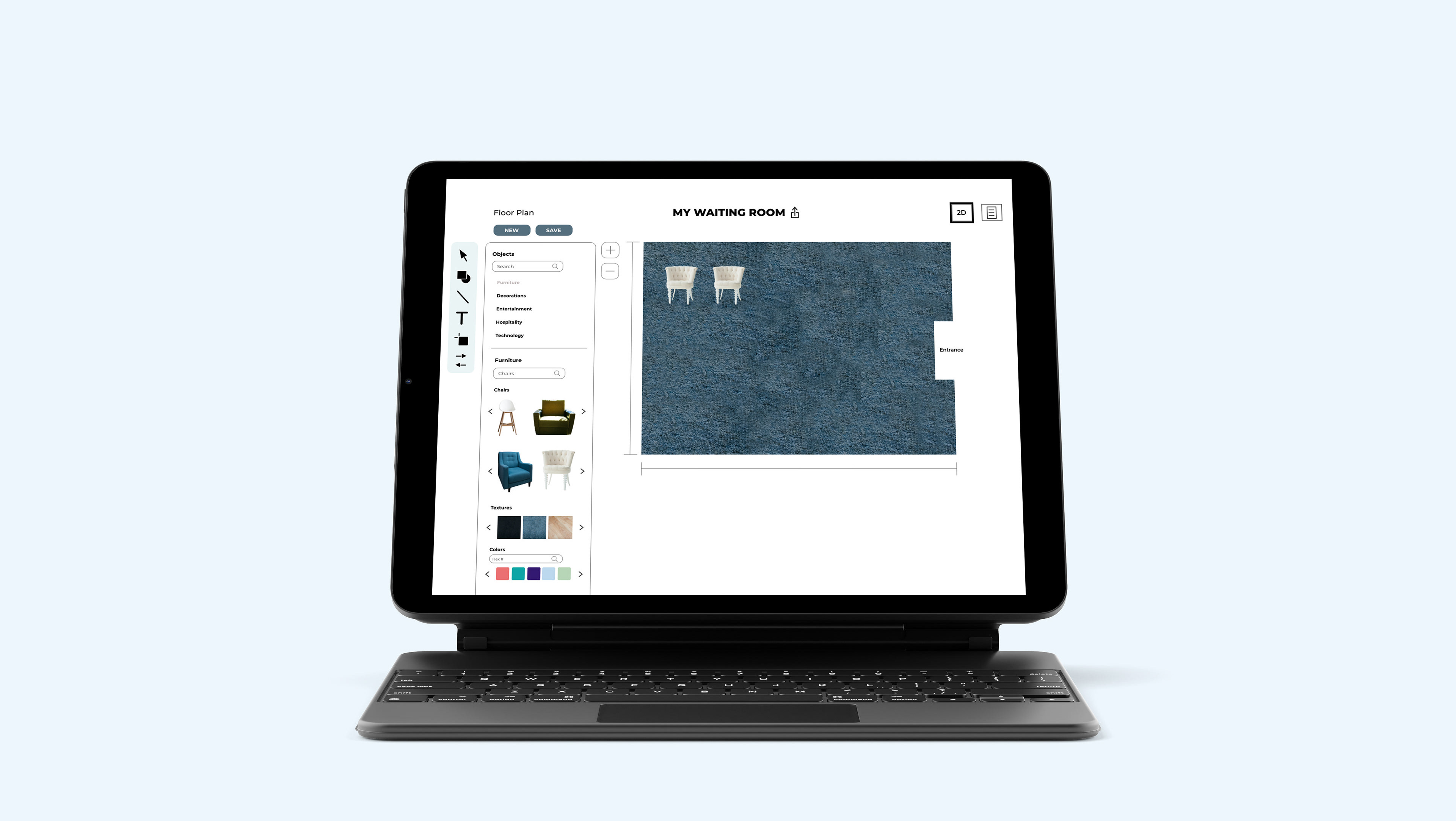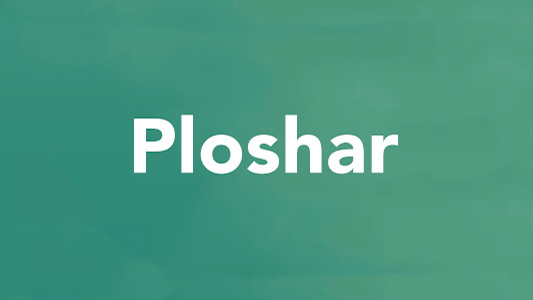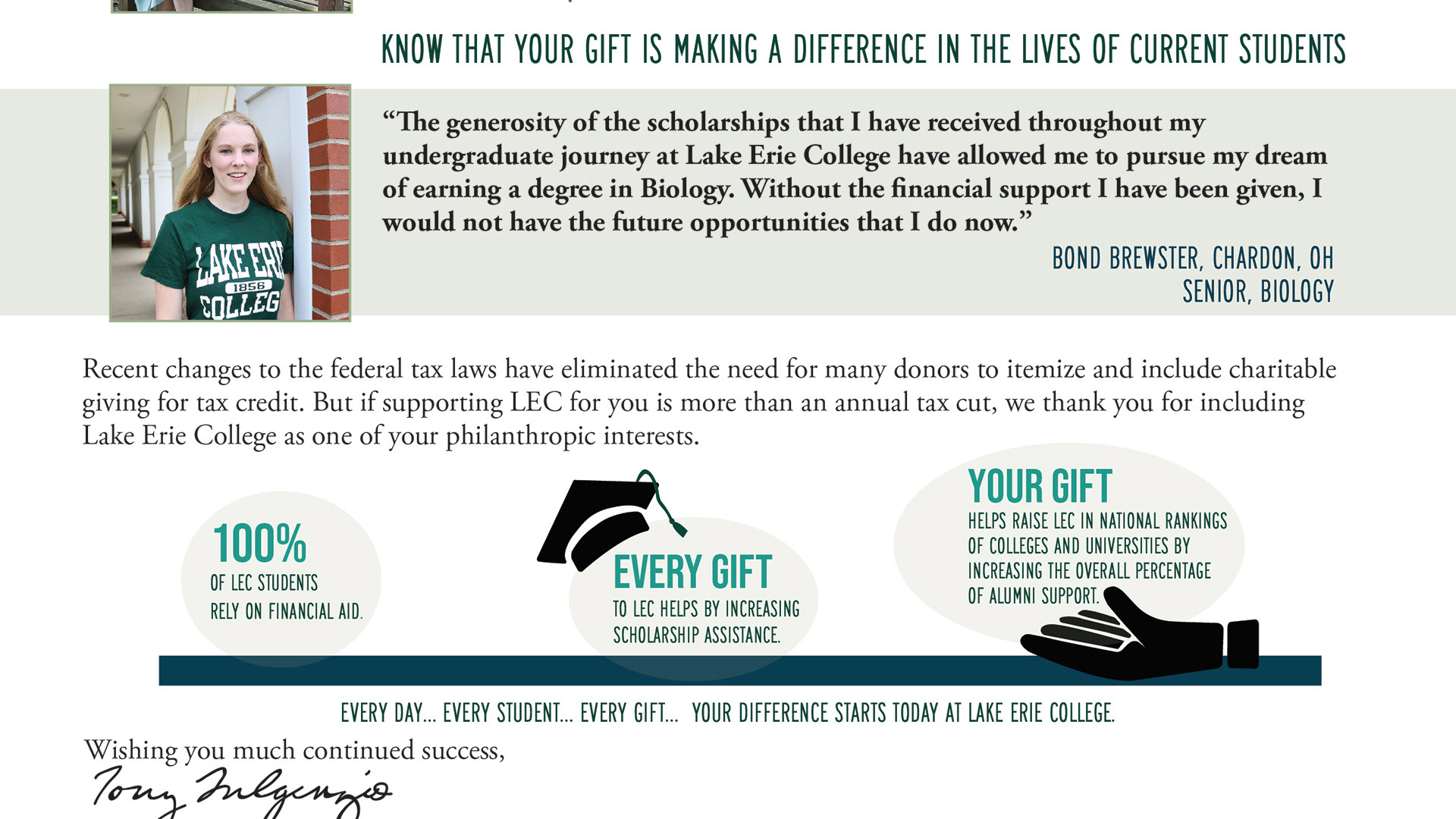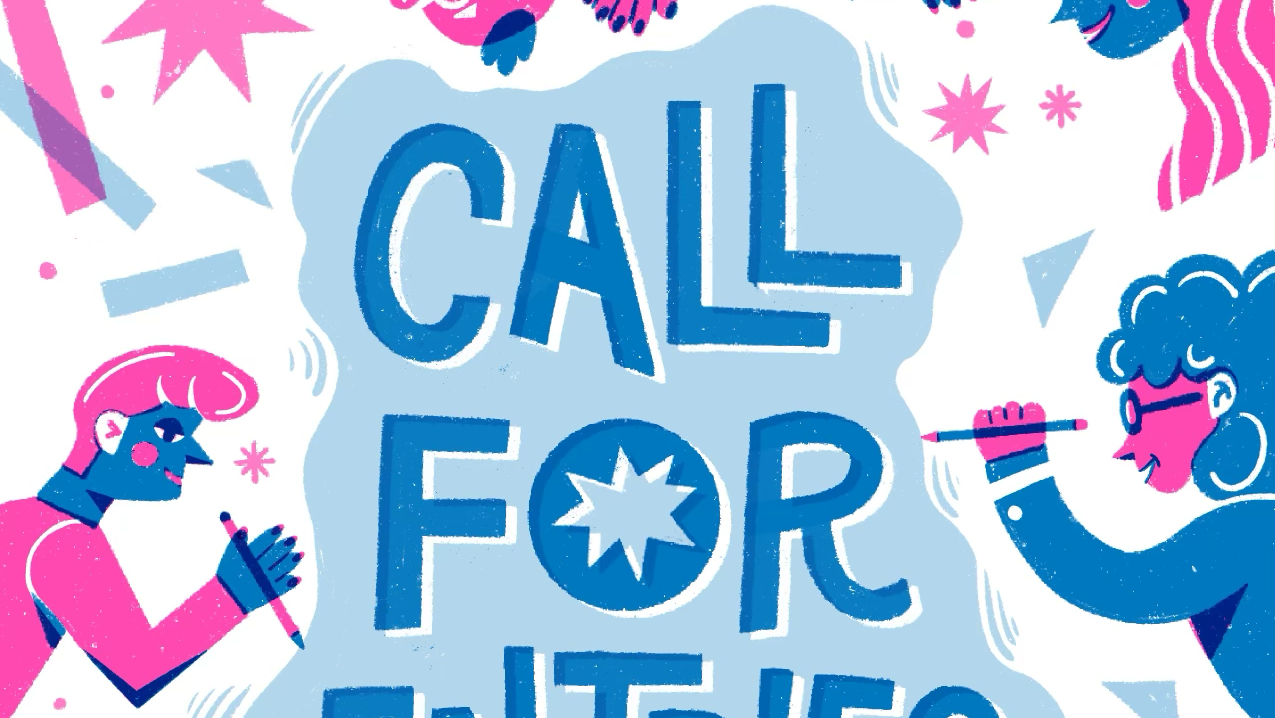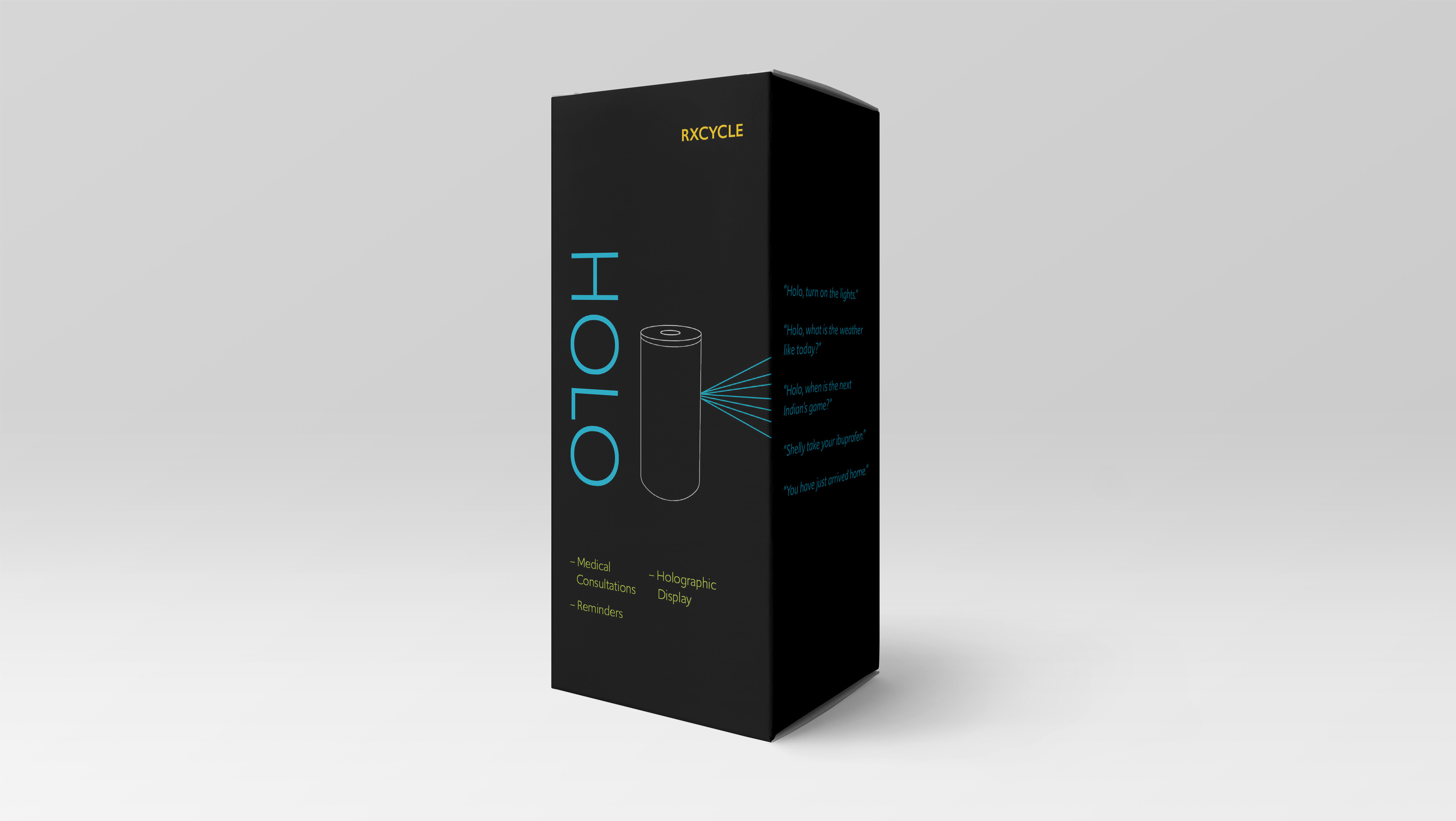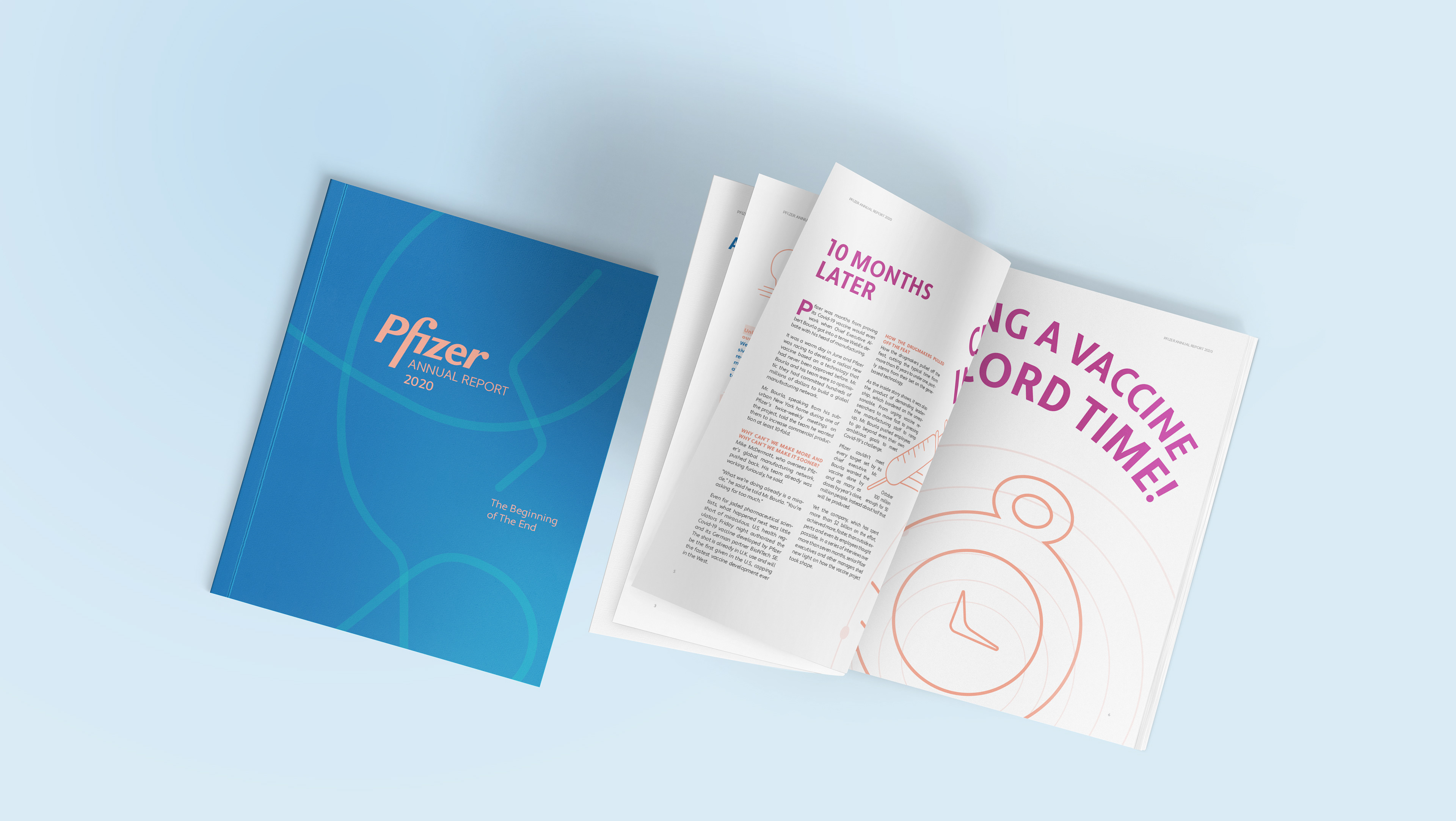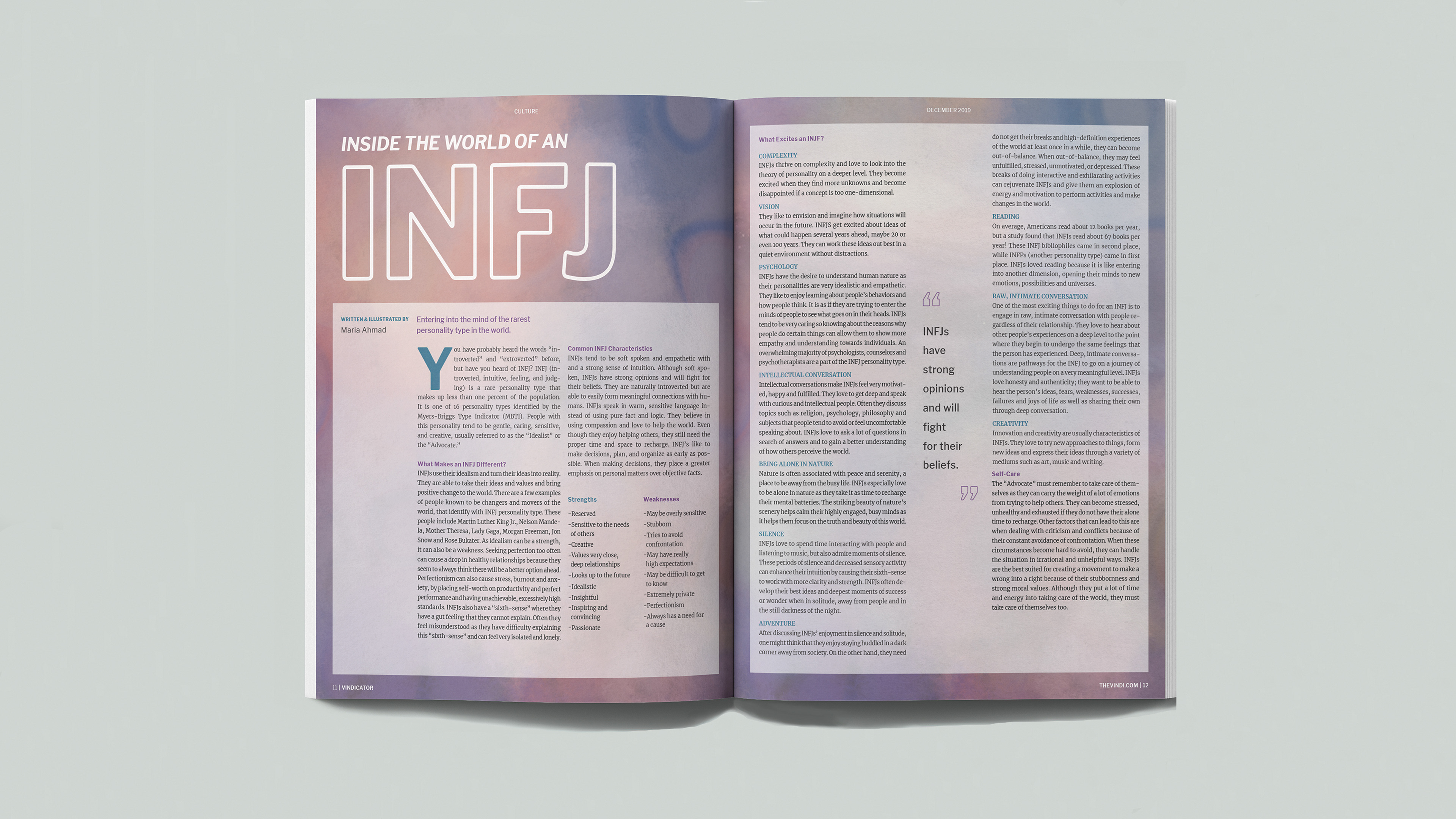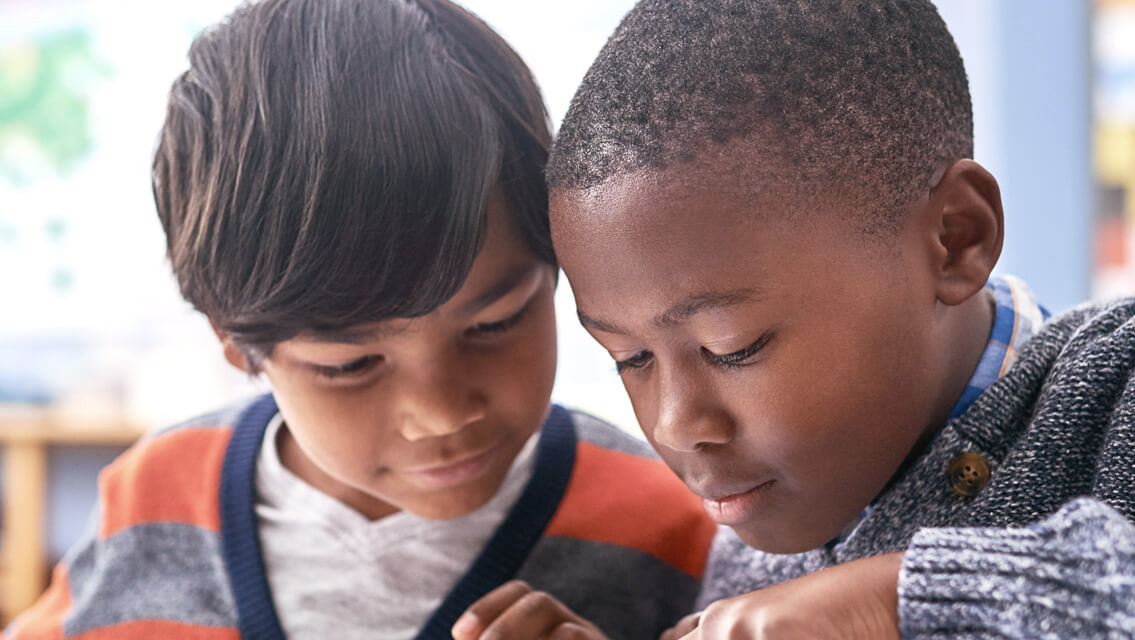Using design to encourage Covid-19 vaccination participation
How might design encourage parents with young children to engage with a coronavirus vaccination program?
This is an exploratory research project, where my main role was conducting primary and secondary research including reading scholarly articles, conducting interviews, card sorts, and user personas. The visuals you see on this page are coming from my team's final report, showcasing my research reporting ability.
Maria Ahmad: UX Researcher and Designer
Leah Day: Project Manager, UX Researcher, and Designer
Tyler Gibbs: UX Researcher
Emily Ward: UX Researcher, Designer
The Initial Question
How might design help people engage with a vaccination program for COVID-19?
How might design help people engage with a vaccination program for COVID-19?
We realized that we had to narrow down the question because it was too broad and needed to have a specific focus in order to define the problem. In order to narrow down the question, we made a list of assumptions regarding Covid-19 and vaccines. We realized that there is a lot of misinformation regarding the vaccine and it seems that many people are skeptical and do not want to get vaccinated. From those assumptions, we created a list of questions that would lead our secondary research. After conducting research, we were able to simplify the question.
Assumptions
– Politics plays a large role in people’s perceptions of the coronavirus vaccine.
– A lot of people are skeptical about the vaccine and whether or not they should take part in the trials or the administration of the vaccine itself.
– There will be concerns if the vaccine is safe and effective.
– People will need to get multiple vaccinations.
– Anti-maskers will not get vaccinated.
Simplified Question
How might design encourage parents with young children to engage with a coronavirus vaccination program?
How might design encourage parents with young children to engage with a coronavirus vaccination program?
Interviews
We used unstructured interviews to promote a conversational approach, which led us to create user personas. From our interviews (13 participants), we determined six vaccine concerns that were consistently mentioned.
User Personas
We created archetypes built from our interviews to guide our thinking.
Card Sort
We conducted a card sort to understand how our audience ranks the relative importance of the categories we discovered in our interviews.
Card Sort Summary
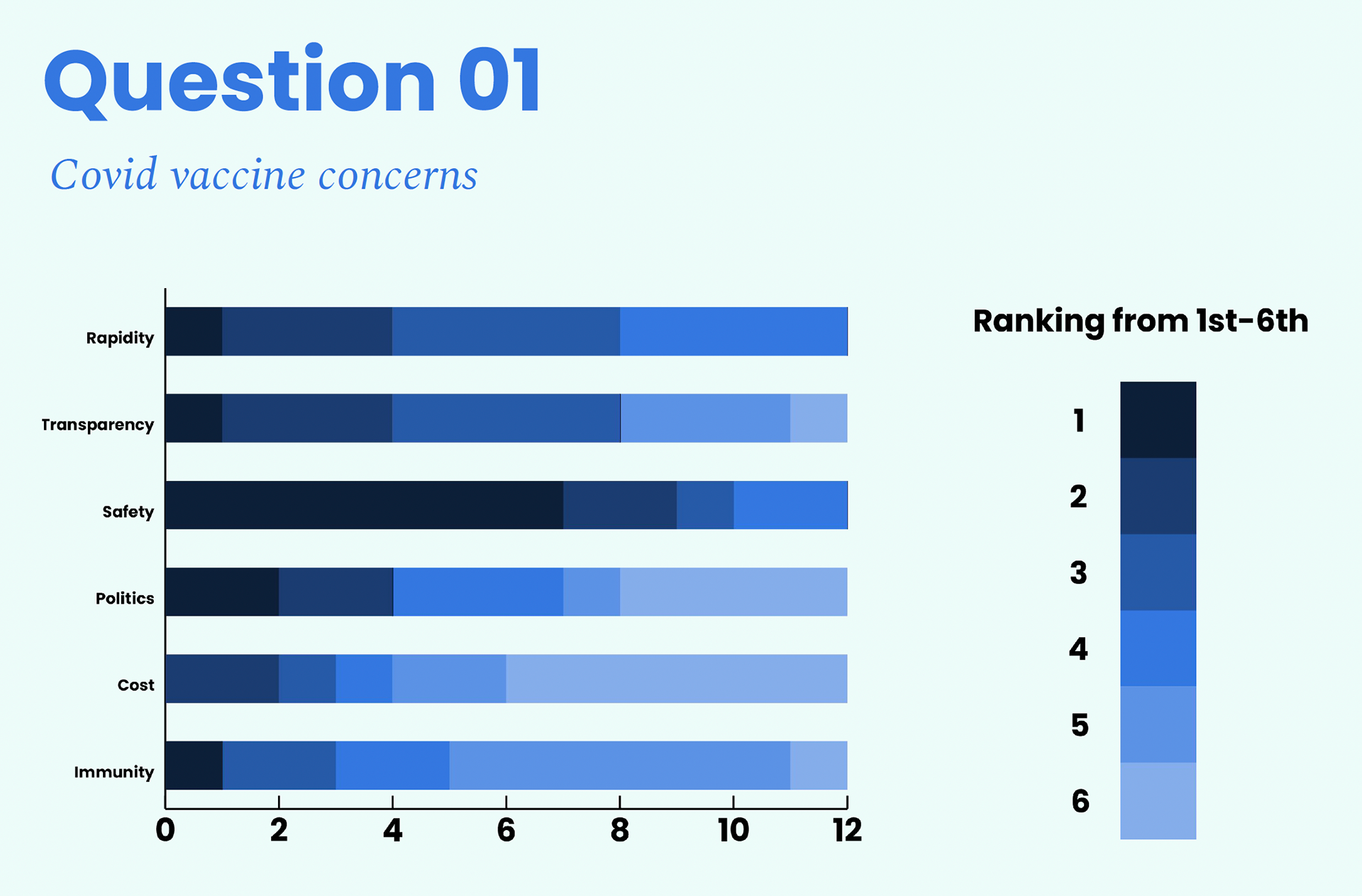

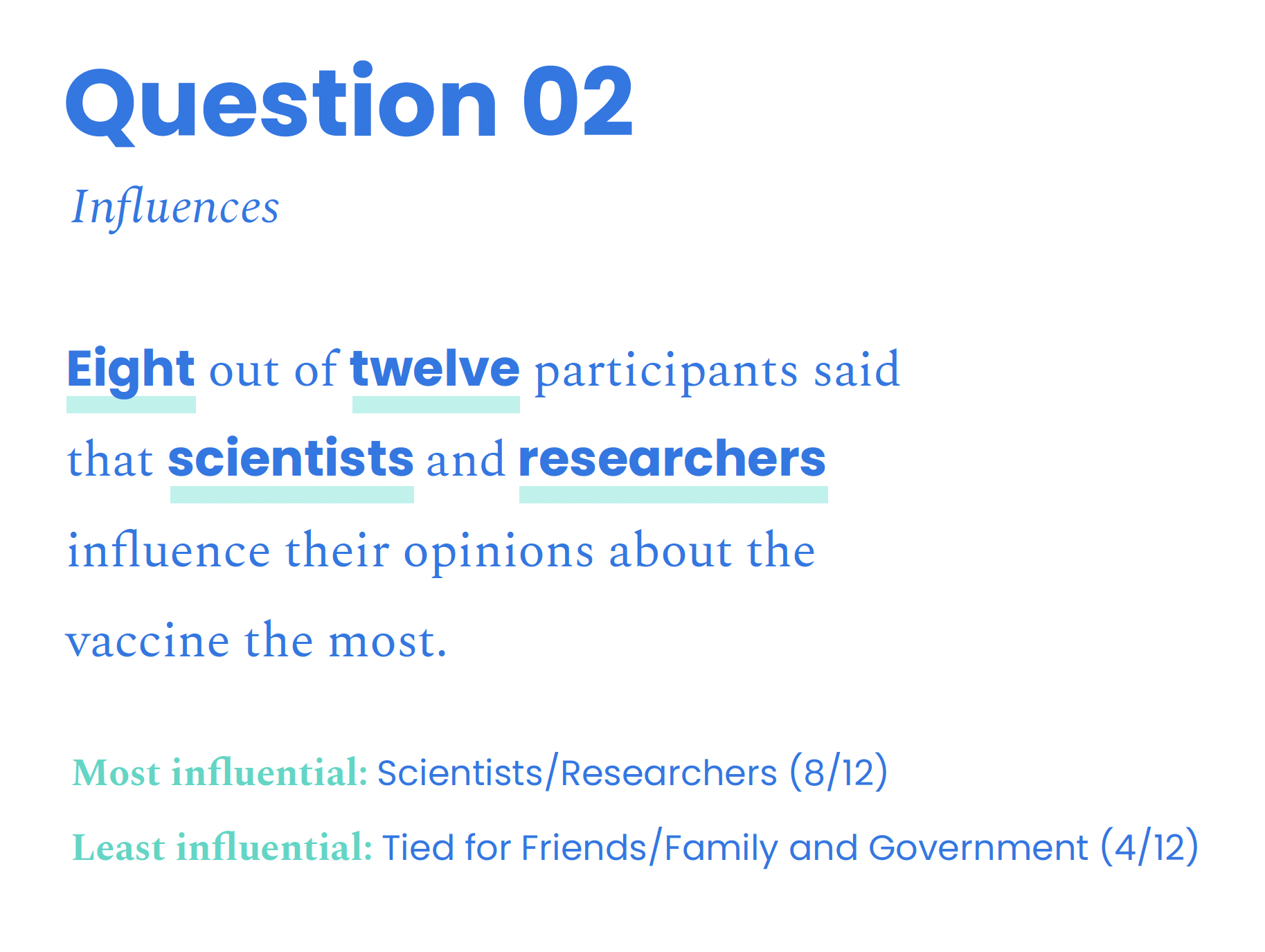
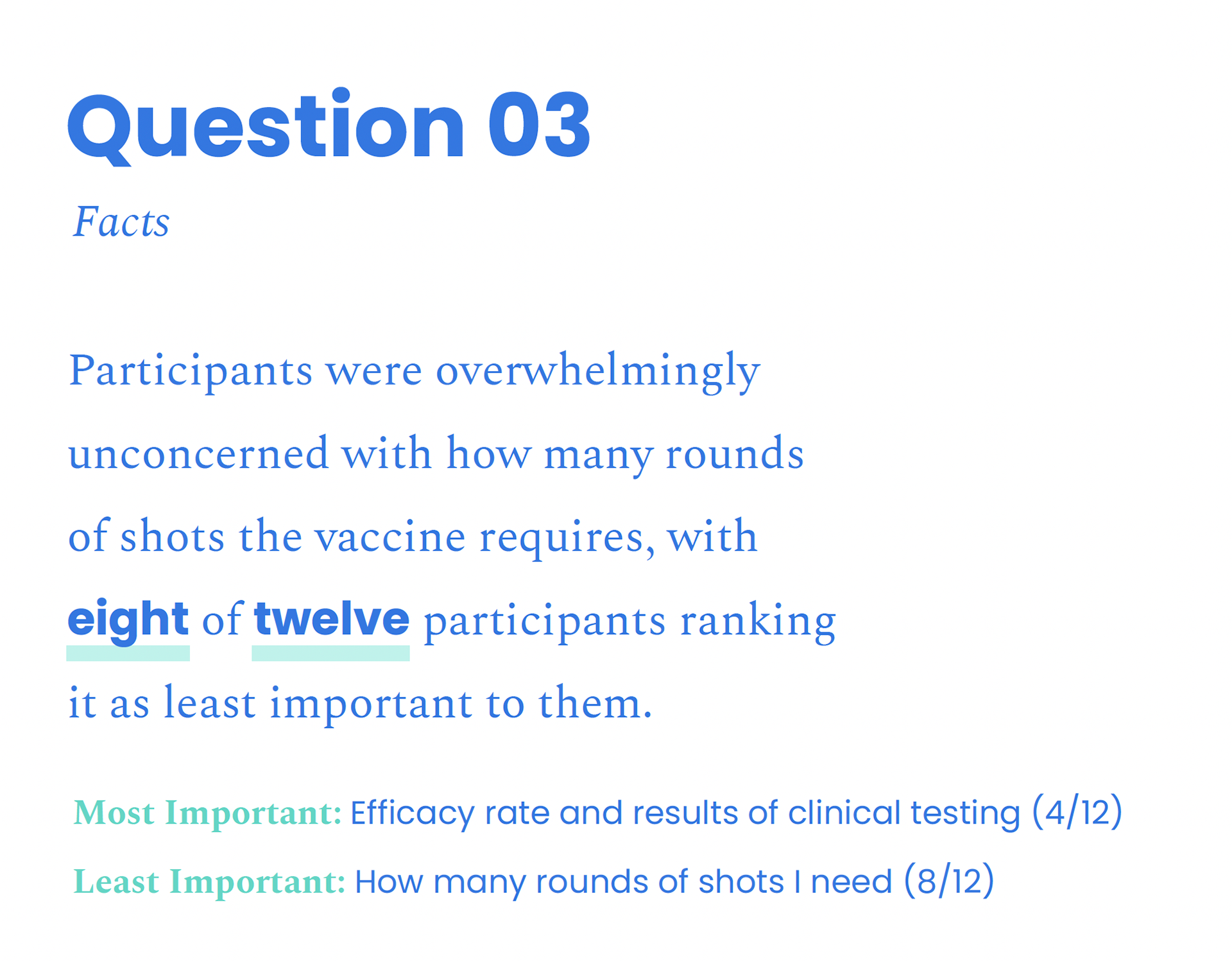
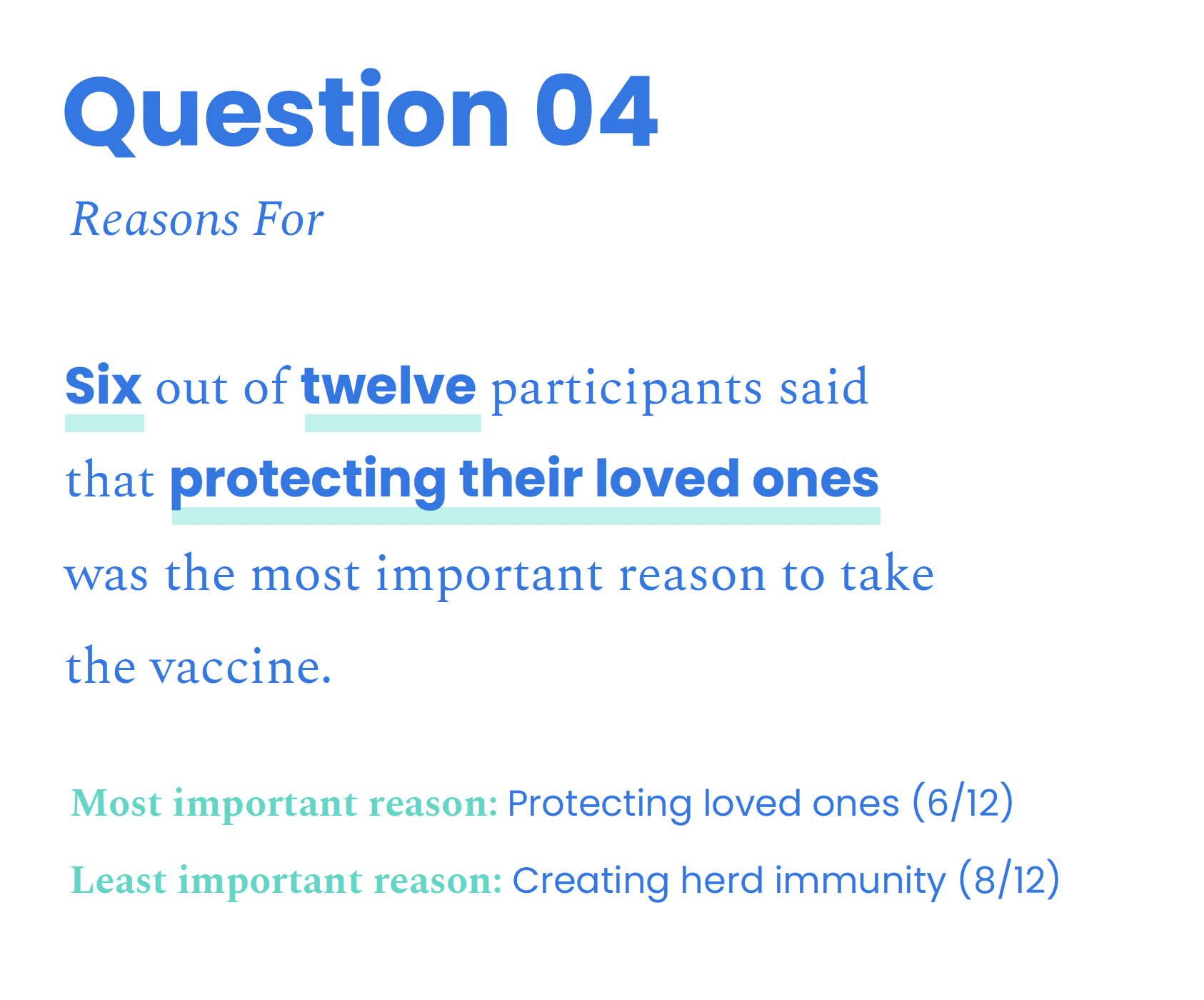
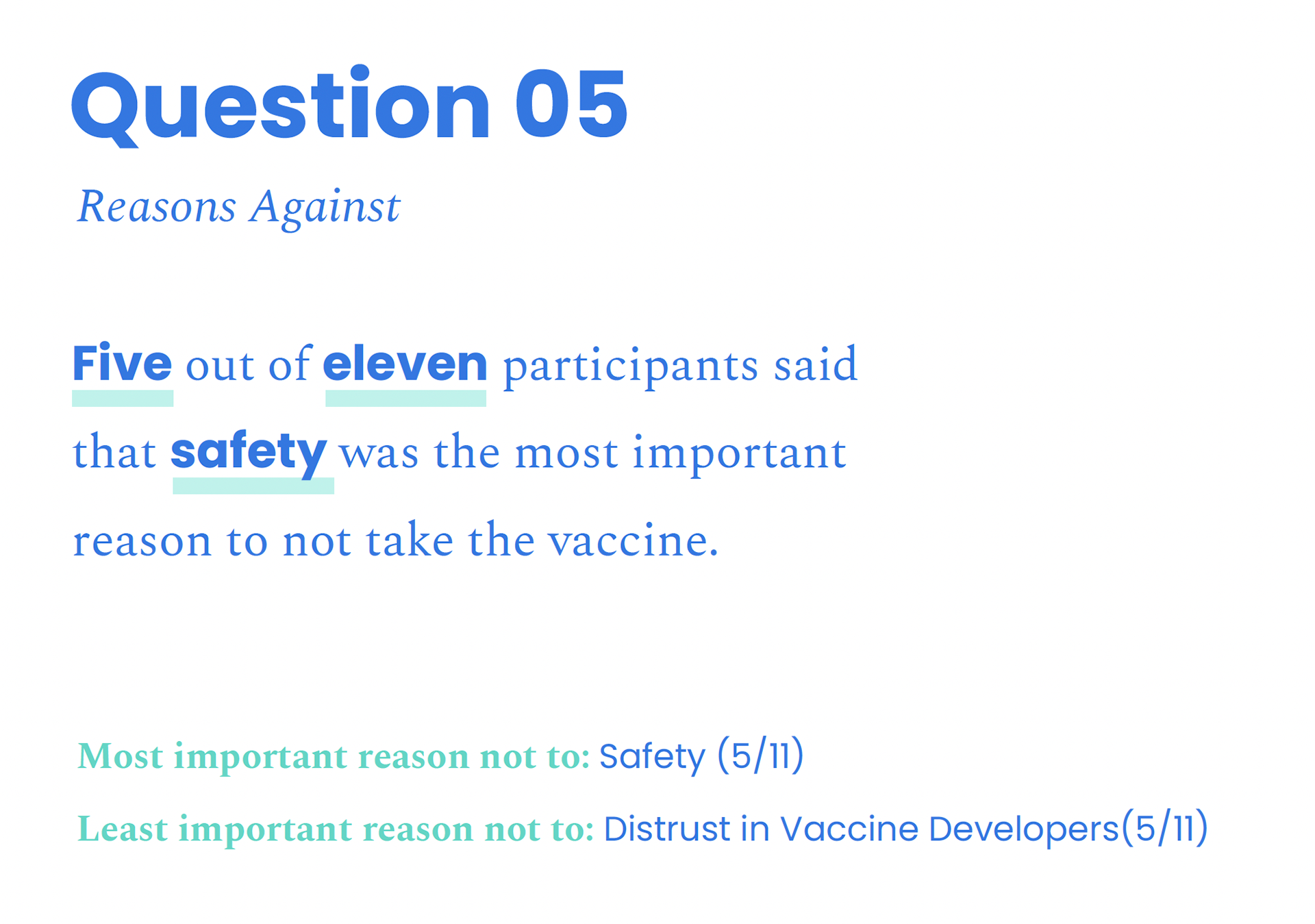
Results
As a result of our findings, we created a Covid vaccine toolkit that would help spread accurate information about the vaccine and encourage parents to get their children vaccinated.
Toolkit Booklet
Conclusions
– Distilling parents’ valid concerns into essential categories helped us to begin formulating rhetoric around the COVID-19 vaccine.
– A Covid vaccine campaign will be more effective if we attempt to change behaviors rather than thoughts and feelings.
– The motivations to take the vaccine may be emotional (i.e., protecting family), but the messaging that parents seek is rooted in hard facts and honest presentation.
Future Areas For Exploration
– Confirm our findings with additional card sorts and interviews
– Conduct different types of card sorts
– Create a 5E model for the ideal experience of a parent taking their child to get the vaccine
– Share our findings with parents to receive their feedback
Tools Used: Adobe Photoshop, Adobe InDesign, Google Slides, Miro
